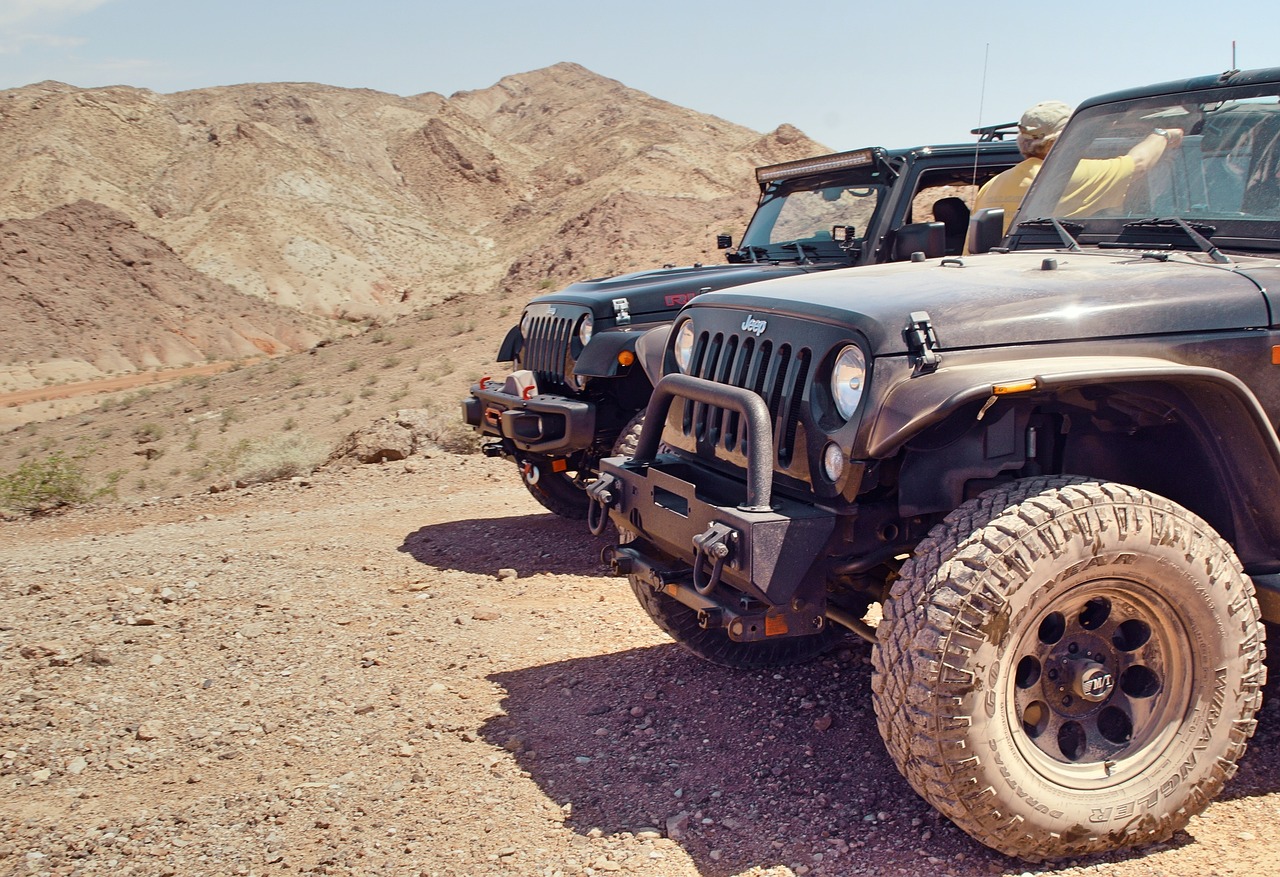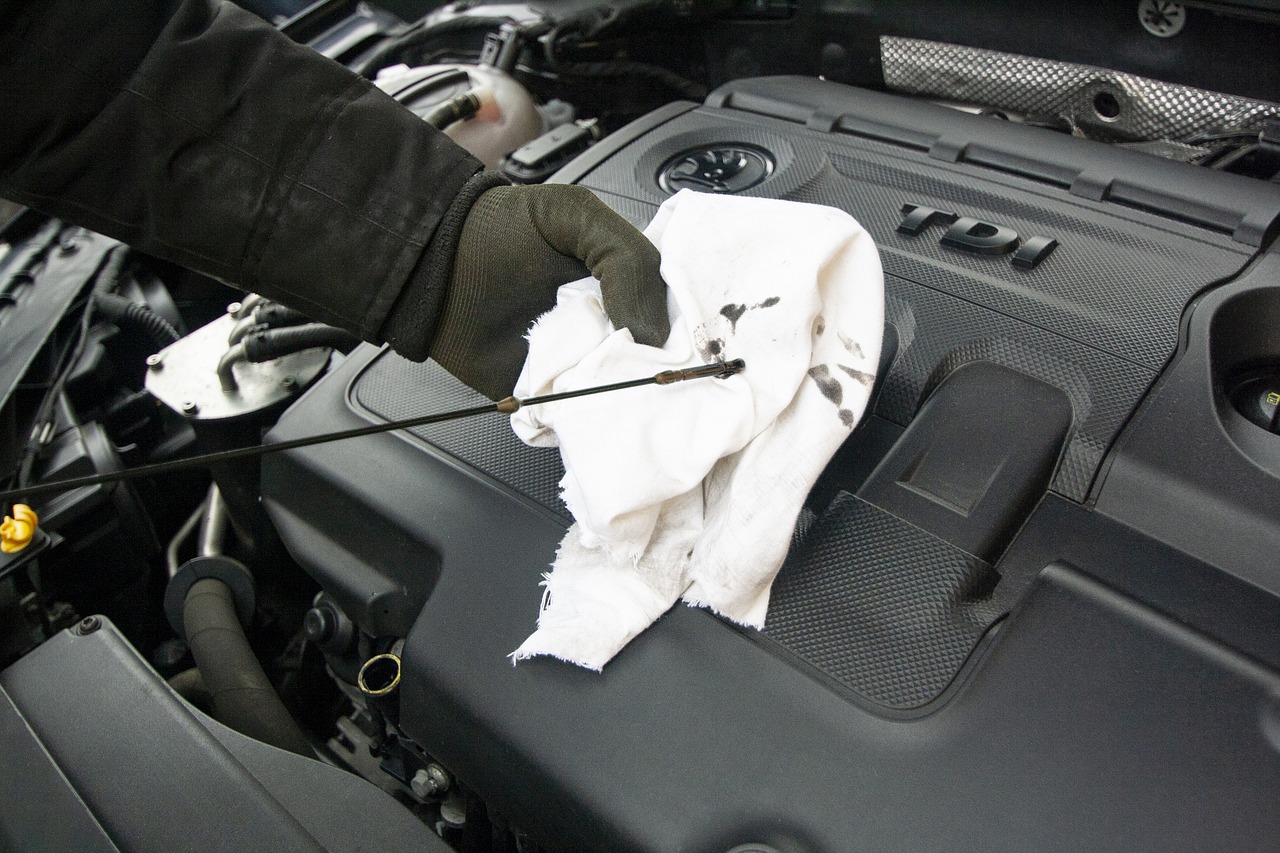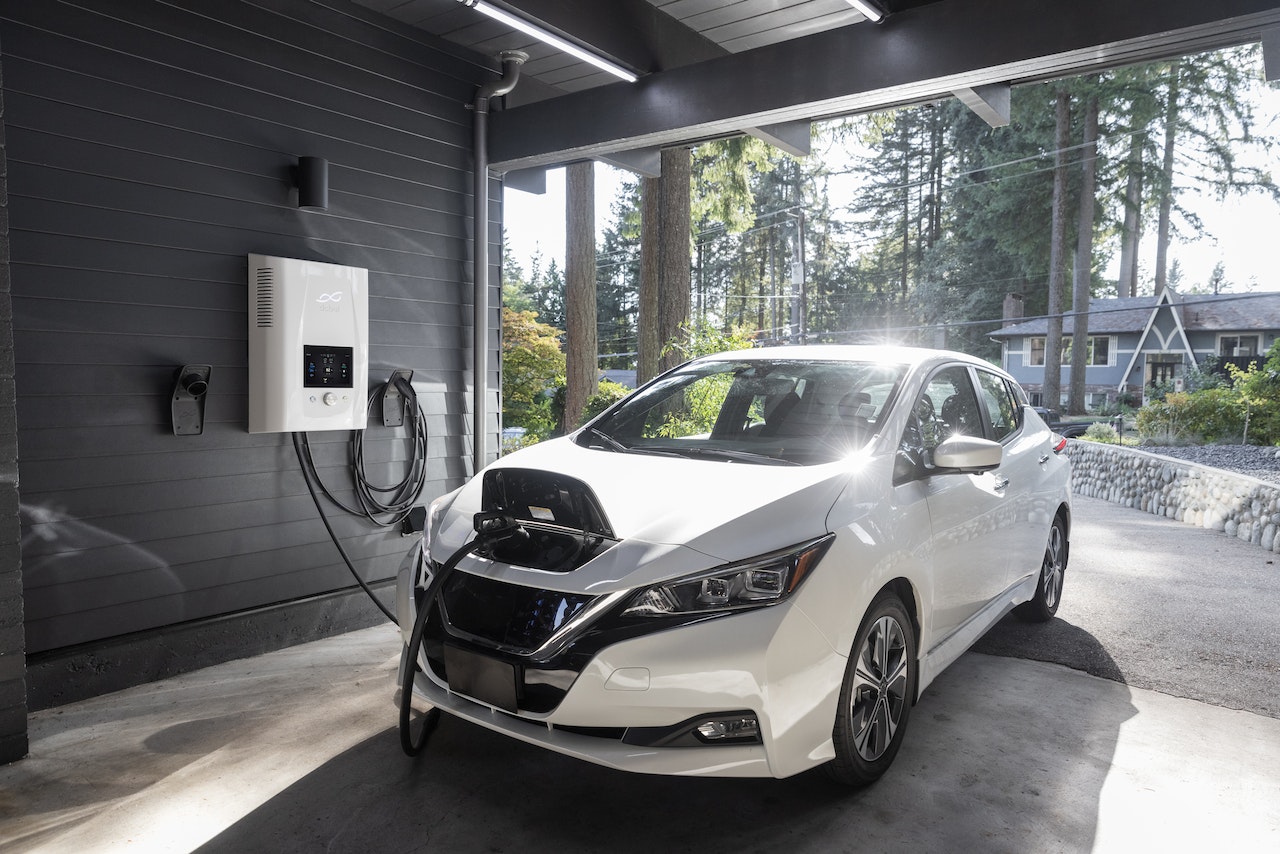Oh, hello there! Were you lured in by the promise of wisdom about car mechanics? Well, you’ve come to the right place. Because nothing screams “interesting” like a discourse on the differences between All-Wheel Drive (AWD) and Four-Wheel Drive (4WD). Hold onto your gears, because it’s going to be a thrilling ride (pun intended).
All-Wheel Drive: For When You Can’t Make Up Your Mind
Ever been in a situation where you simply cannot decide what to eat for dinner? Imagine being a car that feels that way about its wheels. “Which wheel should get the power? Oh, I don’t know. Maybe ALL OF THEM!” Welcome to the world of All-Wheel Drive.
In technical terms, AWD means that the engine sends power to a car’s front and rear wheels. All the time. Without you having to do anything. It’s kind of like how your smartphone updates apps without asking – super convenient, but occasionally baffling.
So, you know how in movies, there’s always that one guy who’s everywhere, solving everyone’s problems, without being asked? That’s AWD. It’s the unsung hero, always on, making sure you’re not spinning out on that patch of ice you didn’t notice.
AWD systems utilize a center differential, a magical gizmo that distributes the engine’s power between the front and rear axles. Different AWD systems have their own secret sauce for how they juggle this power distribution. Some are front-biased, some are rear-biased, and some are just biased towards making your life easier.
Did You Know? Some AWD systems are so smart they can send nearly all power to one set of wheels if the other set starts to slip. It’s like having a guardian angel who’s also a car mechanic.
Pros of AWD:
- Better Traction in All Conditions: Ideal for places where the weather can’t make up its mind. Rain, snow, sleet? Your AWD vehicle’s got you covered.
- Improved Acceleration: Because when all wheels are getting power, you can zoom past that annoying driver who refuses to use their blinker.
- Automatic Operation: No buttons, levers, or incantations needed. It’s like magic, but with more grease.
Cons of AWD:
- Gas Guzzler: Feeding all four wheels can eat up more fuel. Your car’s thirst for petrol might rival your thirst for coffee.
- Costly Repairs: When things go awry (and with cars, they inevitably do), be prepared for a slightly heftier bill.
Four-Wheel Drive: The Burly Lumberjack of Drives
If AWD is the tech-savvy friend who always has the latest gadgets, 4WD is that burly lumberjack friend who chops wood for fun and wrestles bears on weekends.
With 4WD, power is sent to the wheels to prevent slip, but it’s more manual. You have to decide when to use it. It’s like deciding when to put on your winter coat – only, if you get it wrong, you might end up stuck in a ditch.
4WD is the elder statesman of the driving world. It’s been around since cars were a twinkle in Henry Ford’s eye. In this system, you often get two settings: “high” for light off-road stuff (think gravel or bumpy roads) and “low” for the hardcore stuff like mud, rocks, and your neighbor’s annoyingly high curb.
4WD systems split power equally between the front and rear wheels, without any fancy differentials doing the thinking. It’s all raw, unadulterated power, which is why you get to manually decide when to turn it on. You’re in the driver’s seat, both literally and figuratively.
Did You Know? The “part-time 4WD” is so named because it only works part-time, much like that one colleague who’s always on a break when there’s work to do.
Pros of 4WD:
- Might Over Muscle: It offers tremendous traction. Planning to scale a mountain or cross a desert? This should be your ride.
- Tow-Tastic: If hauling heavy stuff is on your to-do list, 4WD has got your back. Literally.
- Durable & Tough: These systems are built for challenging conditions. They’re the automotive equivalent of a superhero cape.
Cons of 4WD:
- Manual Effort Required: You need to engage and disengage the system. Forget automatic magic; this is hands-on wizardry.
- Weighty Issues: 4WD systems add weight, which can affect fuel efficiency. Your lumberjack vehicle might have a hefty appetite.
In Conclusion: What’s Right for You?
If you’re a city dweller whose idea of ‘off-roading’ is accidentally hopping onto the curb at Starbucks, then AWD is your ticket to smoother urban adventures. It’s the kind of vehicle that says, “I’m prepared, but not too prepared.”
However, if your weekends involve mud, mountains, or anything that requires a sturdy pair of boots, then 4WD is your spirit animal. It’s rugged, reliable, and ready for anything you can throw at it.
In the end, the best advice is to think about your driving needs, your environment, and how often you enjoy impressing people with your knowledge of car mechanics at parties. Choose wisely, my friend. Your driveway (and ego) depends on it.
Pro Tips for the AWD & 4WD Enthusiast:
- Maintenance Matters: Whether you choose AWD or 4WD, remember that the added complexity means you’ll need to keep a more vigilant eye on maintenance. Regularly check for wear and tear.
- Tires Make a Difference: No matter the drive, having the right tires for your environment is crucial. Mud-terrain tires for rugged off-roading, all-season for general use, and winter tires for snowy climates can enhance your vehicle’s performance.
- Don’t Overestimate Your System: Just because you have AWD or 4WD doesn’t mean you’re invincible. Remember that these systems improve traction, but they don’t shorten stopping distances on slick roads. Always drive safely and responsibly.
- Know Your Terrain: Before you venture into challenging terrains, educate yourself. If you’re new to off-roading, consider joining a local club or group that can offer guidance.
- Fuel Economy: Keep in mind that these systems can affect your fuel efficiency. If MPG is crucial for you, make sure to check the numbers before making your purchase.
- Resale Value: Cars with AWD or 4WD often have a higher resale value, especially in regions where these features are in demand. So, it might be an investment for the future.
- Engage and Disengage 4WD Properly: If you’re using a manual 4WD system, ensure you engage and disengage it correctly, typically on a straight path and not while cornering.
- Consult Your Manual: It’s that thick book in your glovebox that you’ve probably never opened. Dive into it. Understanding your vehicle’s capabilities and limitations is key to making the most of your drive system.
Frequently Asked Questions (FAQ) about AWD & 4WD
At its core, AWD is an always-on system that automatically distributes power to all four wheels as needed for optimal traction. 4WD, on the other hand, typically requires manual engagement and sends equal power to the front and rear axles, making it more suitable for rugged terrains.
It’s generally not advisable. Part-time 4WD systems are designed for off-road or slippery conditions and can cause tire wear or even mechanical damage if driven on dry pavement for extended periods. Always refer to your vehicle’s manual for guidance.
No. While both systems power all four wheels, AWD operates continuously and adjusts power distribution automatically. 4×4, or 4WD, typically needs manual engagement and is best suited for tough off-road conditions.
Generally, 2WD vehicles are more fuel-efficient than their AWD or 4WD counterparts due to the latter’s added weight and complexity. Between AWD and 4WD, the efficiency varies based on the specific vehicle, its weight, and aerodynamics. Always check the manufacturer’s fuel ratings.
Both systems offer better traction in challenging conditions, which can improve safety. However, they don’t necessarily improve braking or reduce the chance of an accident. Safe driving habits are always the best defense.
Both AWD and 4WD systems have additional components that require regular inspection and maintenance, such as differentials and transfer cases. It’s essential to follow your vehicle’s maintenance schedule and seek professional service when needed.
In many regions, especially those with challenging weather conditions or terrains, vehicles with AWD or 4WD tend to have a higher resale value. However, factors like the vehicle’s overall condition and maintenance history play significant roles as well.
Yes! While AWD and 4WD improve traction during acceleration, winter tires are designed to provide better grip in cold conditions and on icy or snowy roads, improving both acceleration and braking performance.
No. There are various AWD systems, with some being front or rear-biased, while others constantly adjust power distribution between axles. Always refer to your vehicle’s specifications for details.
While you can drive a 4WD vehicle in the city, the system’s real benefits shine in off-road conditions. If you’re primarily city-bound, AWD or even 2WD might be more practical.



